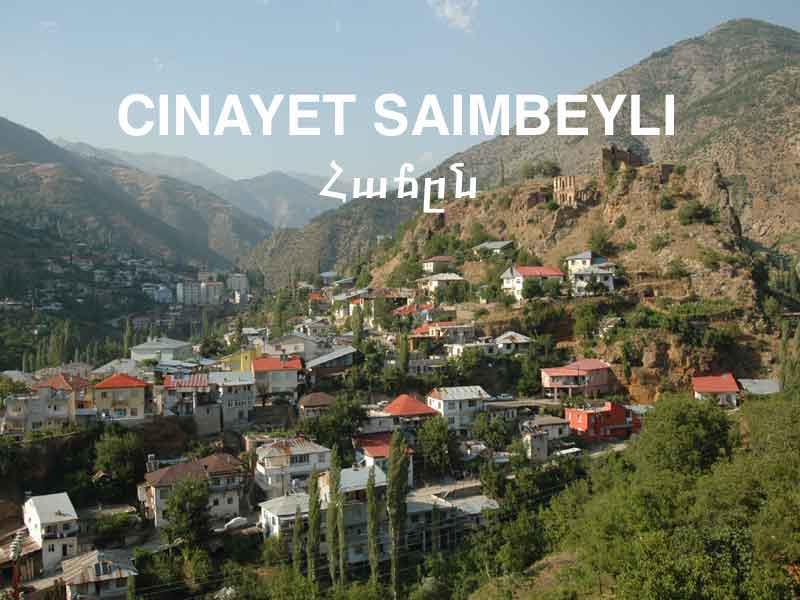Saimbeyli Massacres of Armenians: Lord Bryce Describes Horrors of Genocide

The Armenian town of Hadjin was the site of a massacre in 1915. The Armenian inhabitants killed and houses destroyed or abandoned. The Armenian population was dispersed and remnants of the Armenians are still tangible in the city, although no mention is made of the horrors by the locals. The old flour mill of the Armenians is still in existence. The Armenian castle that once housed the Armenian King Levon I retinue damaged.
As Saimbeyli (the renamed town of Hadjin) grapples with economic collapse and seeks tourism dollars, it must grapple with acknowledging and rectifying its gruesome past.
Account by Lord Bryce to the House of Lords, 1915
As I have said, the procedure was exceedingly systematic. The whole Armenian population of each town or village was cleared out, by a house-tohouse search. Every inmate was driven into the street. Some of the men were thrown into prison, where they were put to death, sometimes with torture ; the rest of the men, with the women and children, were marched out of the town. When they had got some little distance they were separated, the men being taken to some place among the hills where the soldiers, or the Kurdish tribes who were called in to help in the work of slaughter, despatched them by shooting or bayonetting. The women and children and old men were sent off under convoy of the lowest kind of soldiers—many of them just drawn from gaols—to their distant destination, which was sometimes one of the unhealthy districts in the centre of Asia Minor, but more frequently the large desert in the province of Der el Zor, which lies east of Aleppo, in the direction of the Euphrates. They were driven along by the soldiers day after day, all on foot, beaten or left behind to perish if they could not keep up with the caravan; many fell by the way, and many died of hunger. No provisions were given them by the Turkish Government, and they had already been robbed of everything they possessed. "Not a few of the women were stripped naked and made to travel in that condition beneath a burning snn. Some of the mothers went mad and threw away their children, being unable to carry them further. The caravan route was marked by a line of corpses, and comparatively few seem to have arrived at the destinations which had been prescribed for them—chosen, no doubt, because return was impossible and because there was little prospect that any would survive their hardships. I have had circumstantial accounts of these deportations which bear internal evidence of being veracious, and I was told by an American friend who has lately returned from Constantinople that he had heard accounts at Constantinople = confirming fully those which had come to me, and that what had struck him was the comparative calmness with which these atrocities were detailed by those who had first-hand knowledge of them. Things which we find scarcely credible excite little surprise in Turkey. Massacre was the order of the day.
1972